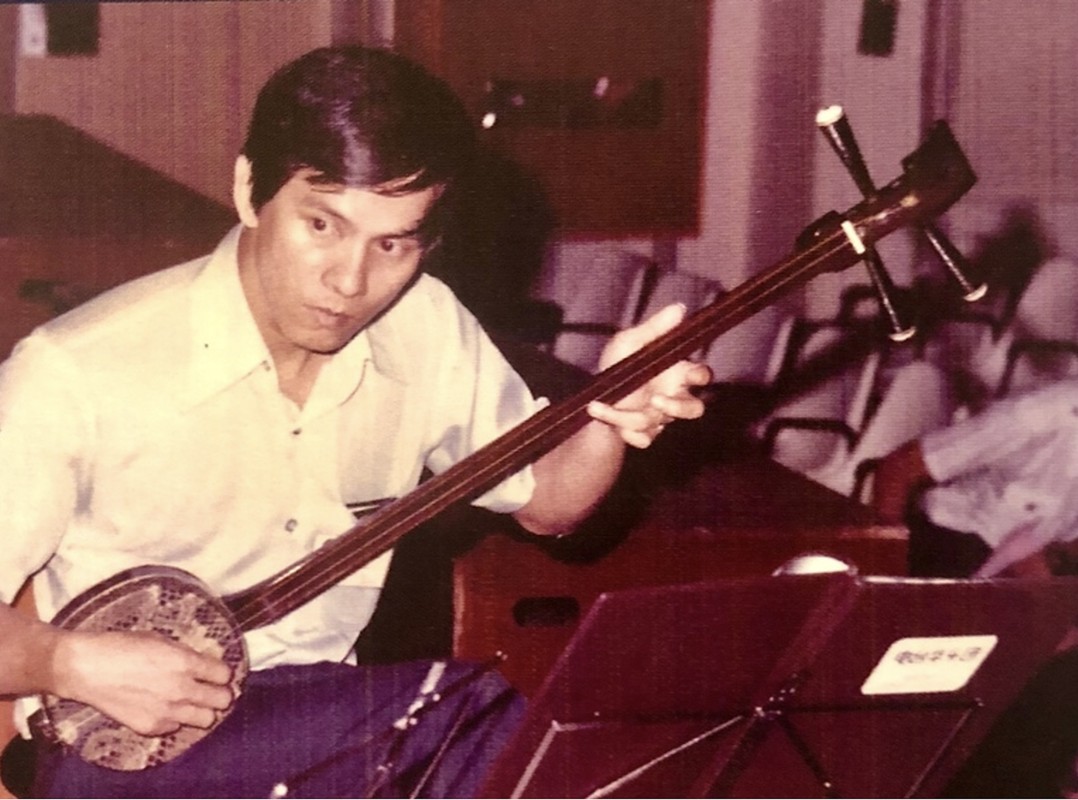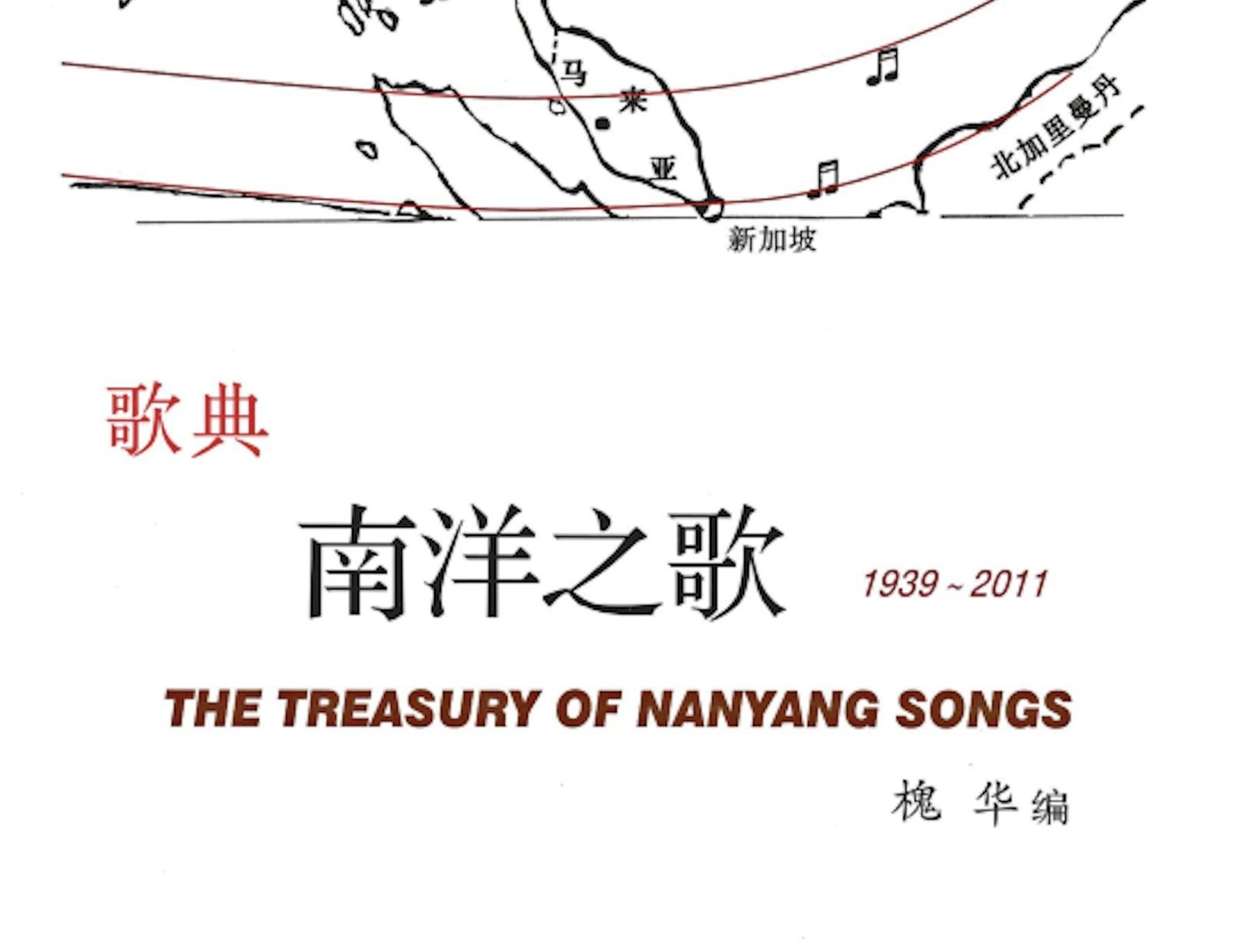Fifty years through the seasons: Singapore Chinese orchestral music from its beginnings to maturity
The development of the Chinese orchestral music in Singapore began in the 1950s, mostly encompassing folk music of the various dialect groups (Teochew, Cantonese, Hakka, Hokkien, etc). Back then, it was not called huayue (literally Chinese music) yet, but rather minyue (folk music) or guoyue (national music).
In the early 1960s, Chinese orchestral music was almost invariably promoted and led by musical groups with leftist leanings, such as the folk musical ensembles of Kang Leh Musical Association, Ai Tong/Chongfu Schools Alumni, and the Equator Arts Society. Some exceptions included the Thau Yong Amateur Musical Association, Tseng Tseng Musical Association, and local music groups in clan associations and Chinese schools like The Chinese High School and Chung Cheng High School. Thau Yong Amateur Musical Association, formed in 1959, was Singapore’s first full-fledged Chinese orchestra at that time, comprising four sections: wind, plucked strings, bowed strings, and percussion.

Early development of Chinese orchestral performances
What distinguishes Chinese orchestral music in Singapore from other regions in Asia is mainly its name. It is referred to as minyue (folk music) in China, zhongyue (China music) in Hong Kong, and guoyue (national music) in Taiwan.
As with traditional folk music, local Chinese orchestral music in its early stages was mainly performed by a band playing in unison. It was not until the end of the 1950s and early 1960s that performances were gradually done in an ensemble setting (with harmonies, countermelodies, and other composition techniques), influenced by the practice of China and the availability of musical scores. However, compared to the present-day ensemble, it was simpler in terms of form, harmony, and texture. Compositions were generally not lengthy and often featured short ensembles such as light musical or dance pieces, for example:
- Caiyun zhuiyue (Colour Clouds Chasing the Moon)
- Xingfu nian (Happy Year)
- Huahao yueyuan (A Perfect Evening)
- Malan hua kai (Malan Flowers Bloom)
- Muyang nü (Shepherd Girl)
- Dingxiang hua (Clove Flowers)
- Guilin shanshui (Guilin Landscape)
In the early 1960s, performances of major compositions for a fuller ensemble were scarce, especially with restrictions on the import of musical scores. The more frequently performed repertoire included:
- Donghai yuge (Fishermen’s Song of the Eastern Sea)
- Ma’an shan xuqu (Ma’anshan Overture)
- Qiantangjiang ban (On the Bank of Qiantangjiang)
- Dalianhuan (Grand Celebration)
- Dengjie (Lantern Festival)
- Daqiban (Grand Overture)
- Qingnian gangqin xiezhouqu (“Youth” Piano Concerto)
- Gongwu (Bow Dance), from the dance drama Xiaodao hui (Dagger Society)
- Adaptations from symphonic pieces, such as Yaozu wuqu (Dance of Yao) and Shanbei zuqu (Shanbei Suite)
Notably, the 1963 premiere performance of “Fishermen’s Song of the Eastern Sea” by the combined ensemble of Aitong-Chongfu Alumni in Singapore, was its first performance outside of China, three years after its premiere there.
During the Cultural Revolution in China in the mid- and late-1960s, records and music scores from China were not allowed to be brought into Singapore, which made it even more difficult for local Chinese orchestra groups which were already facing a shortage of such resources.
The problem was not just a lack of music scores, but teaching expertise as well. Apart from the traditional folk music circle, which was taught by seasoned masters, most other Chinese orchestra musicians learnt to perform by listening to records and imitating them. With sheer enthusiasm and tenacity, they opened up a new horizon for professional Chinese orchestral music, building a sound foundation for its future development.
It is also worth noting that the soundtracks of wuxia (martial arts hero) movies from Hong Kong had a subtle influence on the many self-taught local musicians, igniting their interest in Chinese orchestral music. In fact, the main solution to overcoming the shortage of music scores was to slowly transcribe music by ear while listening to records or watching films in the cinema – note by note, phrase by phrase. Those who had the ability would attempt to create their own compositions and arrangements. This situation persisted till the end of the 1970s and the early 1980s, before it saw a gradual improvement.
The growth of Chinese orchestral activities
The year 1968 marked a significant milestone for Chinese orchestral music in Singapore, where a National Theatre Company comprising the Singapore National Orchestra, Chinese Orchestra, Choir and Dance Company was established. Amongst them, the Chinese Orchestra was the first Chinese orchestra group in Singapore to pay its members an allowance. In 1969, the National Theatre Chinese Orchestra, under the baton of Cheng Ssu-sen (1943–1986), recorded Singapore’s first Chinese orchestral music album on a vinyl record. It was titled Guyue yingchun (Springtime Melodies), and comprised five pieces: Fengshou ge (Harvest Song), Guoqing (National Day) (also known as Sheqing [Community Celebrations]), Wushu (Martial Arts), Chungeng qu (Song of Spring Cultivation), and a guzheng solo Nao yuanxiao (Celebrating Yuanxiao).

The first-ever music competition in Singapore to include Chinese orchestral music was the RTS Talentime held by the local television station from 1968 to 1969. It sparked widespread interest in Chinese orchestral music. It was only later, in the 1970s, that Chinese orchestral music was featured in the Singapore Youth Festival (SYF) Arts Presentation organised by the Ministry of Education.
The first time a local Chinese orchestra group went to Europe to perform was in 1970, where a youth orchestra formed by the Ministry of Education was invited to perform at the International Festival of Youth Orchestra held in Switzerland. Its members consisted of outstanding students selected from the Chinese orchestra groups of various secondary schools, and was conducted by Cheng Ssu-sen and Lee Suat Lien (1939–1989). The overseas trip was significant for multiple reasons — it not only broadened the young musicians’ outlook, but also inspired many of them to pick up western instruments and eventually pursue music as a career. Many of these musicians would go on to join professional orchestras like the People’s Association Chinese Orchestra (now known as the Singapore Chinese Orchestra) and the Hong Kong Chinese Orchestra.
On top of this landmark performance, the 1970s also witnessed two of the biggest events in the local Chinese orchestra scene. One, the establishment of the People’s Association Chinese Orchestra in 1974, and two, its being invited to perform at the Hong Kong Arts Festival in 1977. This performance is believed to have been the catalyst to the formation of the Hong Kong Chinese Orchestra in 1978. Between 1976 and 1977, the People’s Association Chinese Orchestra, under the baton of Ng Tai Kong (1943–2001), recorded two vinyl albums: Yelin wuqu (Dance of the Coconut Grove) and Nishang yuyi qu (Yueh-er Kao).
Following the formation of the People’s Association Chinese Orchestra, many organisations like schools, community centres, clan associations, and radio stations started to form their own Chinese orchestra groups in the 1980s. Though a consensus on the contribution to Chinese orchestral music education has yet to be reached, it is undeniable that the SYF’s music competitions started since the 1970s have had a positive effect on the development and standards of Chinese orchestral music in Singapore.
As the People’s Association Chinese Orchestra gradually professionalised in the 1980s, so did the standards and repertoire of local Chinese orchestra groups, which began to catch up to those of their counterparts in Hong Kong and China. During this period, the People’s Association Chinese Orchestra also collaborated with dance and theatre companies in their productions, giving birth to novel styles of music in compositions like Nüwa (Nü Wa), Xi Fangping (Xi Fangping), and Tang huang (Don Juan).
As the Ministry of Education began to pay more attention to the scene from the 1990s, Chinese orchestras in primary and secondary schools developed rapidly, with some capable of sophisticated performances on quality instruments (especially during the SYF) that rivalled those of professional orchestras.
In 1996, the People’s Association Chinese Orchestra went through restructuring to establish itself as a professional national orchestra. Renamed the Singapore Chinese Orchestra, it has since made a name for itself in the global music scene.

This is an edited and translated version of “春华秋乐”五十载:新加坡华乐的草创至成熟. Click here to read original piece.
Goh, Ek Meng. Xinjiapo huayue fazhan shilüe, 1953–1979 [The historical development of Singapore Chinese Orchestra: 1953–1979]. Singapore: Lingzi Media, 1998. |










